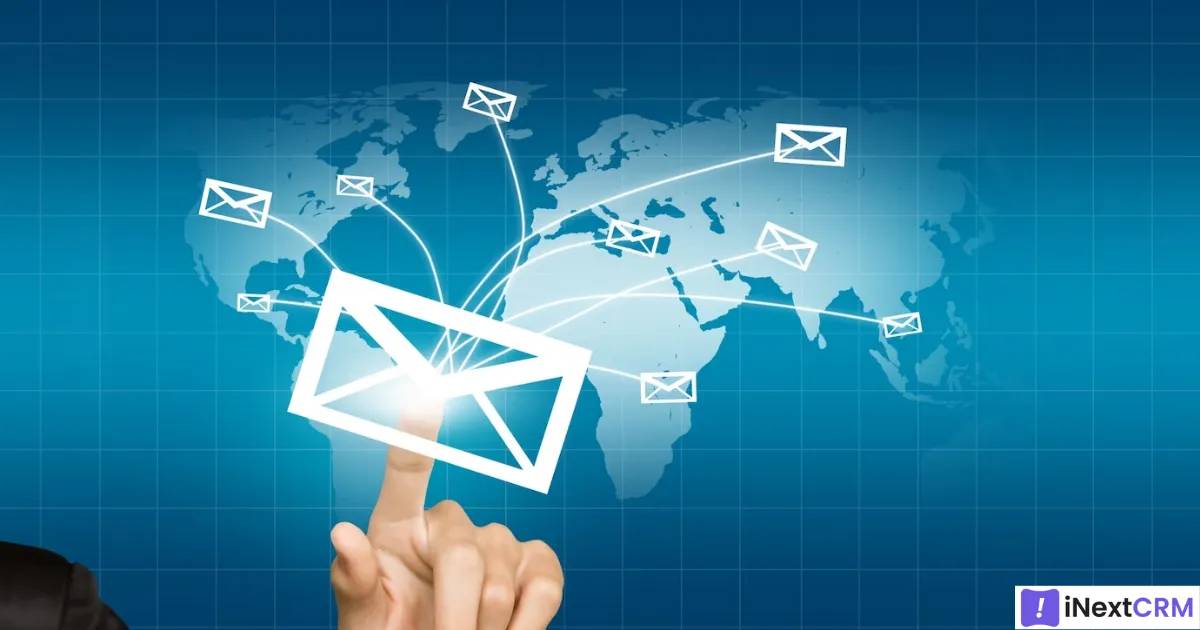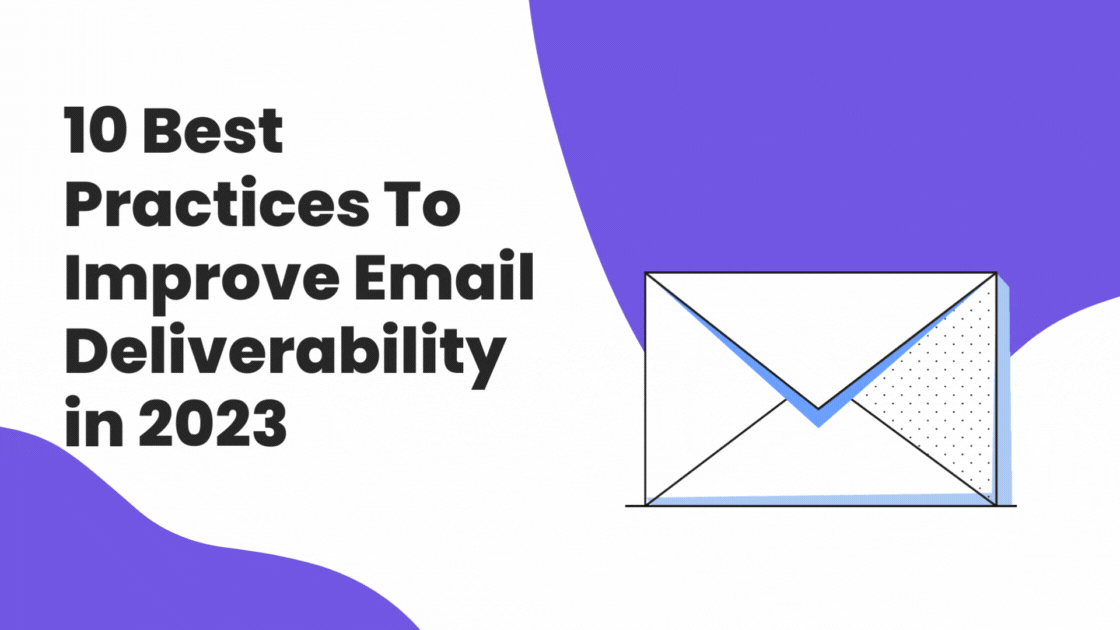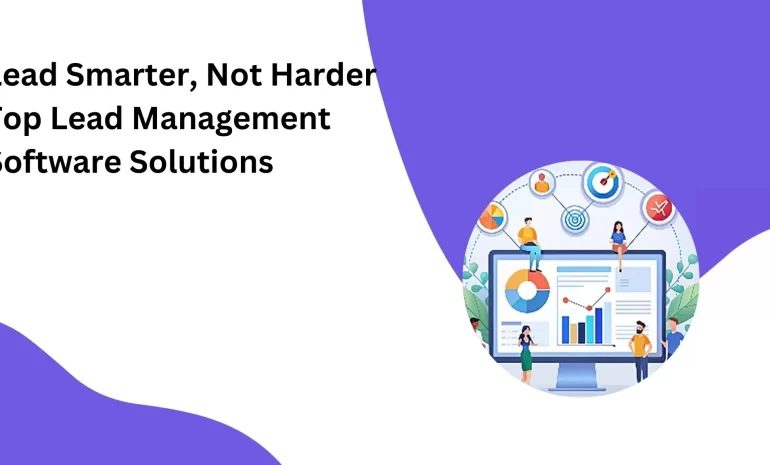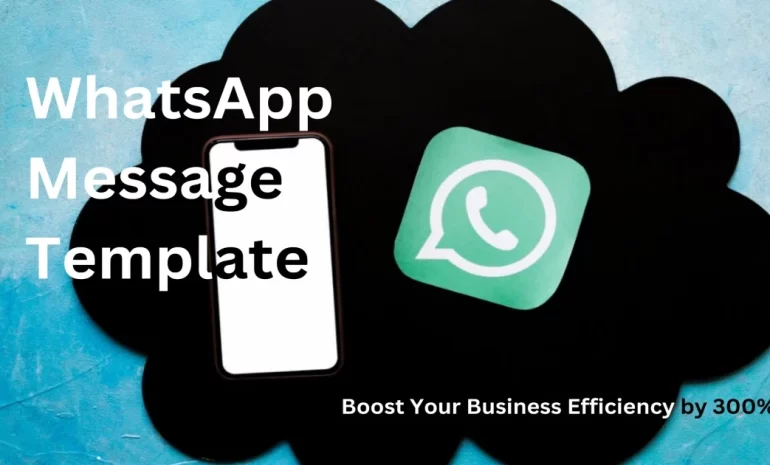In today’s era of rapid technological evolution, where social media has taken center stage for personal messaging, one might think that email has lost its relevance. However, that couldn’t be further from the truth. Email marketing remains an indispensable tool for product promotion and various marketing campaigns. It continues to be a potent source of lead generation, effectively converting prospects into loyal customers through the strategic use of content and marketing tactics. But here’s the catch: email marketing only works if your emails actually get delivered. Shockingly, an email tester tool reveals that almost 16% of emails never make it to their intended recipient’s inbox.

So, how do you ensure that your emails are reaching your audience? We’ve got you covered with these 10 best practices to enhance email deliverability in 2023.
- Is your IP Address Trustworthy?
Your IP address needs to be trustworthy for your emails to land successfully in your recipients’ inboxes. If it’s not, there’s a high likelihood that your emails will be blocked by the ISP email filters on the recipient’s end. To build trust in your IP address, start with a small campaign directed at a limited number of subscribers. As more of your emails are received and opened, your IP address will gradually gain trust among recipients and ISPs.
- Did you Implement a Sender Policy Framework (SPF)?
Sender Policy Framework, often referred to as SPF, involves aligning your domain name with your IP address. By implementing SPF, you enhance the credibility of your emails on the recipient’s server. Without SPF, if these two don’t match, your emails might be rejected.
- Feedback Loop
Monitoring feedback loops can help you gauge the deliverability of your emails. If your recipients have expressed concerns or complaints about your emails, you can access this feedback through the recipient’s ISP address. Many popular free email services like Gmail, Microsoft, Yahoo, and AOL provide access to such information. If your email system operates on any of these networks, you’ll have access to valuable feedback loop data.
- How is Your Sender Reputation?
Your sender reputation plays a pivotal role in email deliverability. It’s an often underrated metric that directly influences whether your emails hit the inbox or the spam folder. ISPs can assign a sender score ranging from 1 to 100. If your score falls below their threshold, your emails may get rejected. The sender score is estimated based on factors such as the number of unsubscribes and spam reports. You can check your sender score using various online tools.
- Make Sure your IP is Not Blacklisted
If you’re unsure about your email deliverability, it’s crucial to verify whether your IP is blacklisted. IP blacklisting typically occurs when an IP address accumulates a high number of spam reports. You can check the status of your IP using tools like MXToolBox.
- Maintain a Consistent Send Schedule
Consistency in your email send schedule is vital for maintaining a good sender score and ensuring your IP is not flagged. Sending emails at random times or with irregular frequency can negatively impact your sender reputation. To improve your sender score, establish a regular email broadcast schedule. Consider creating an email marketing calendar to stay organized and avoid missing important send dates.
- Decide The Right Frequency of Emails
Determining the appropriate frequency for sending emails is essential. Bombarding your subscribers with too many emails can result in spam complaints and unsubscribes. Conversely, sending too few emails can impact your revenue. The key is to find the sweet spot by conducting deliberate testing. Through research and testing, you can identify the ideal email frequency that resonates with your subscribers. Once you’ve found it, stick to that frequency to enhance email deliverability.
- Buy a New Subdomain only for Email Activity
Employing a distinct subdomain can be advantageous, particularly when dealing with domain-based certification filters. It also helps enhance the credibility and reputation of your IP address for domain-specific monitoring.
- Mention Your Brand Name in Address
Including your brand’s name in the ‘from’ section of your emails is an effective way to boost email open rates and reduce spam reports. Some companies even use the names of their email executives to lend a personal touch to their communications. Personalized emails are more likely to be opened, significantly improving deliverability rates.
- Tidy Up Your Subscriber List
Regularly managing and cleaning your subscriber list is essential. Remove inactive subscribers who haven’t engaged with your emails for an extended period. Continuously sending emails to unresponsive recipients can lead to a high bounce rate and damage your sender credibility. Regularly filtering out inactive subscribers and those who haven’t opened or clicked your emails can significantly enhance email deliverability.
Summing Up:
In conclusion, your email marketing efforts can only yield the best results when your emails consistently reach your recipients’ inboxes. Start small, build trust in your IP address, and keep an eye on your sender reputation. Once you’re confident that your emails are being delivered, you can focus on creating compelling content and effective marketing strategies to drive engagement and conversions.
At iNextCRM, we understand the importance of effective communication in business. For CRM solutions or business automation services, feel free to reach out to us at biz@inextcrm.com or call/WhatsApp us at +91-7506506672. We’re dedicated to helping you streamline your processes and enhance your customer relationships with innovative solutions. Your success is our priority.


